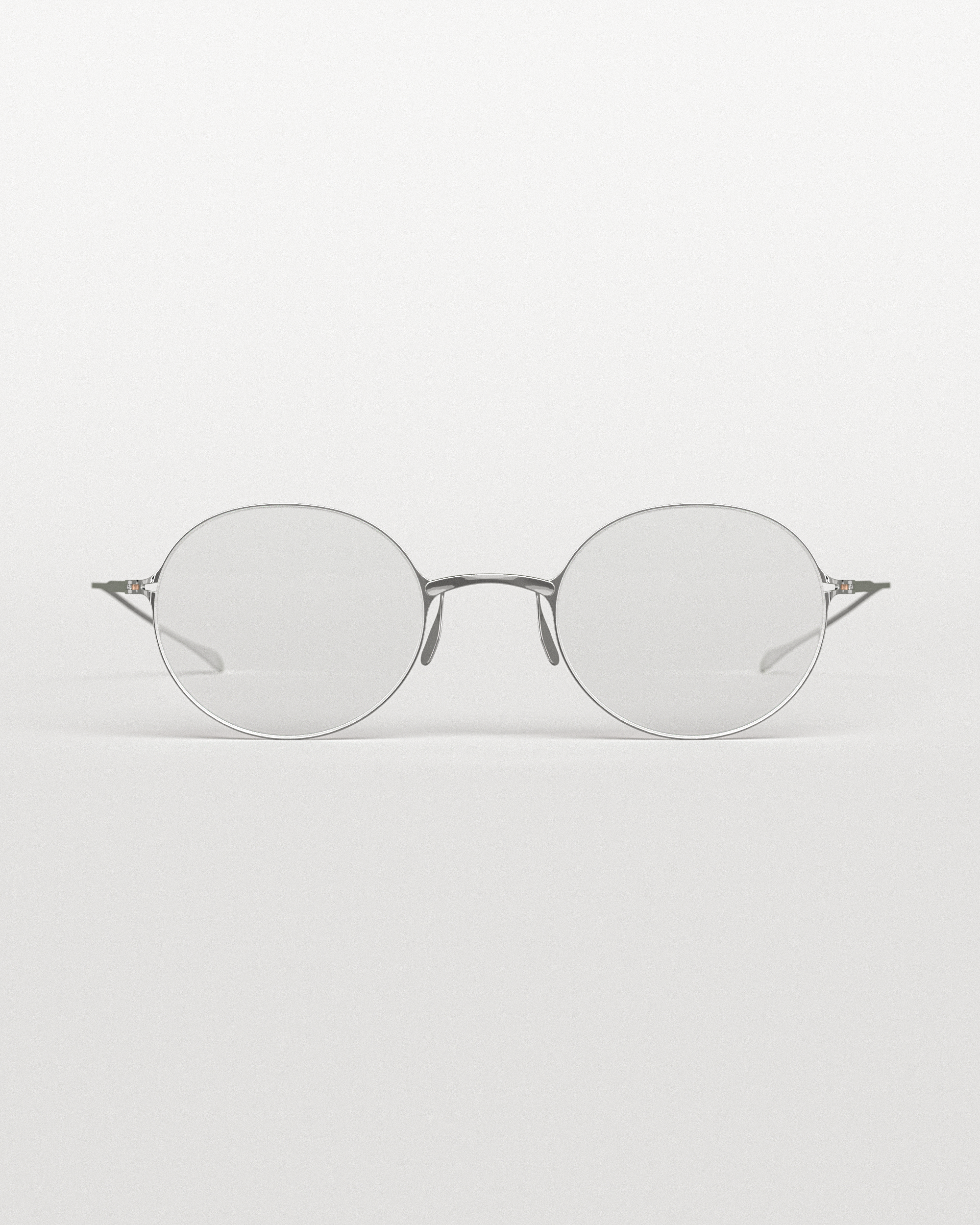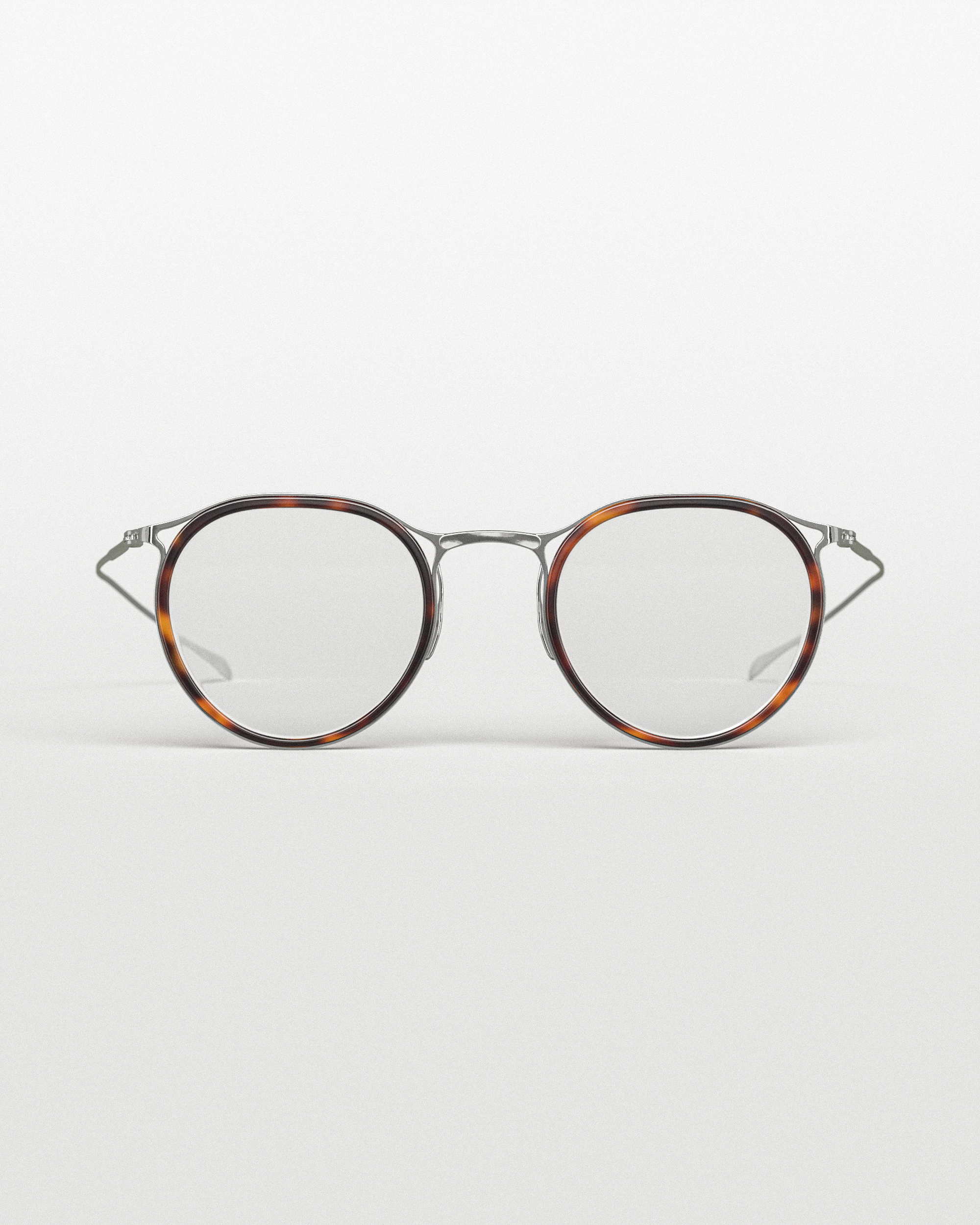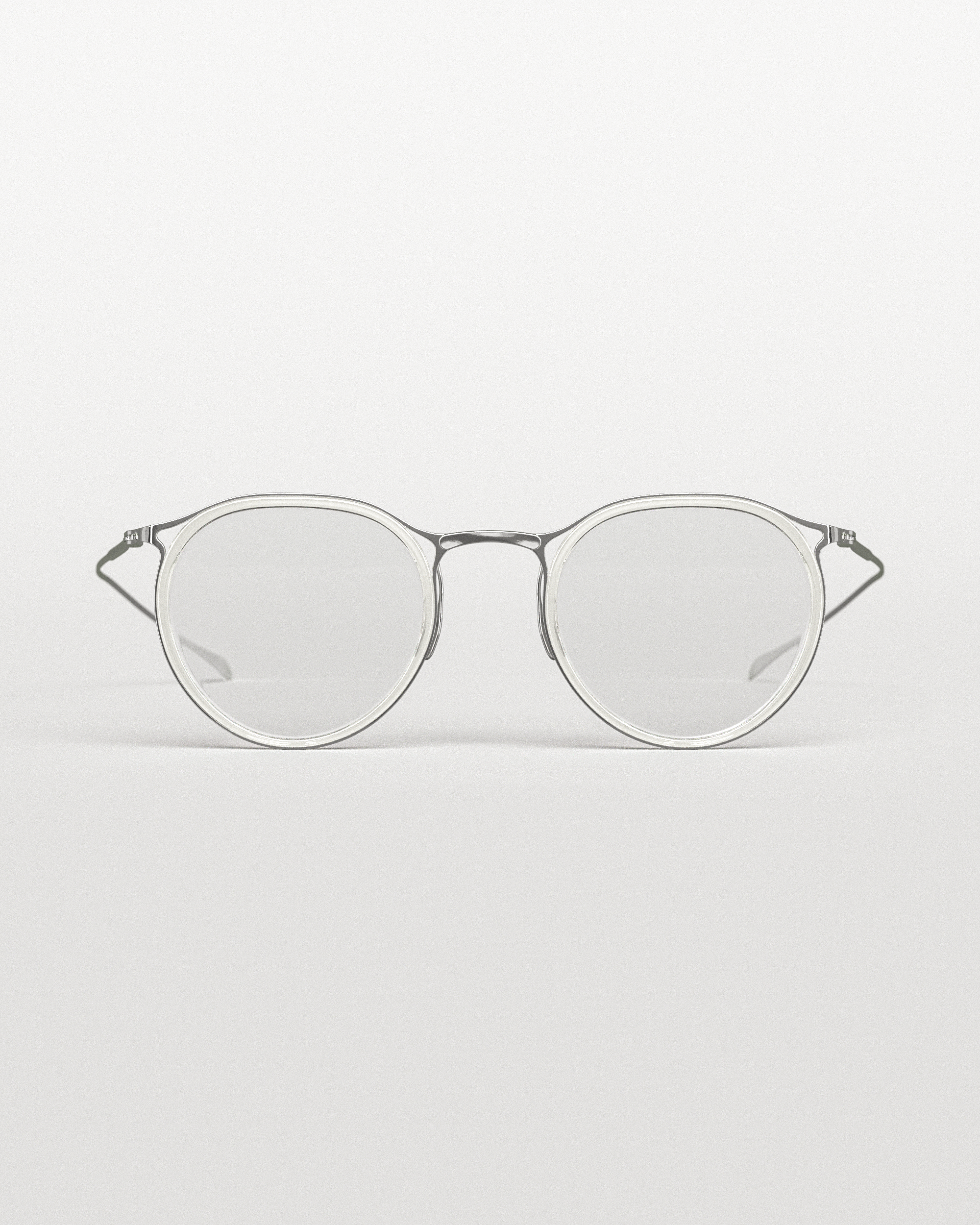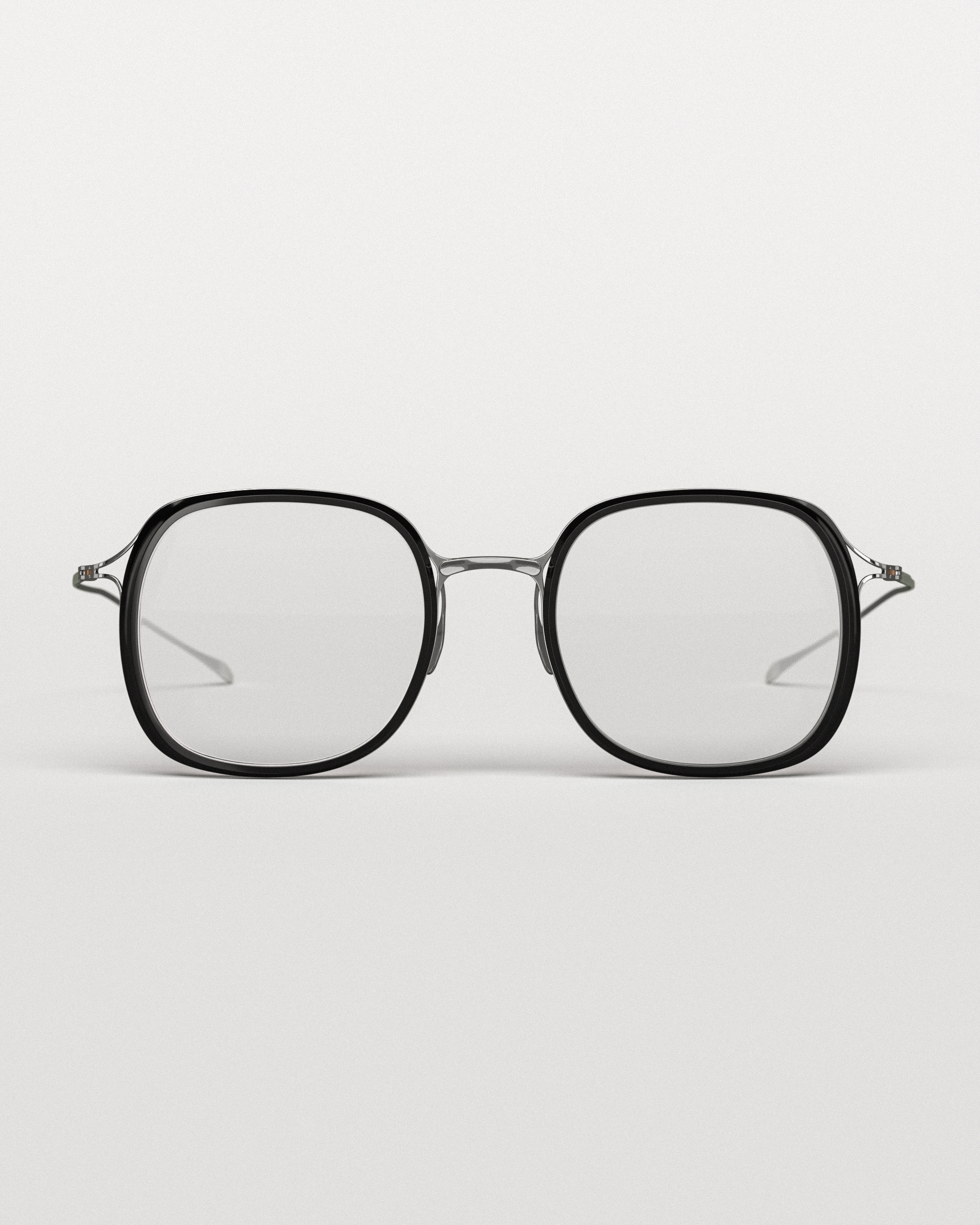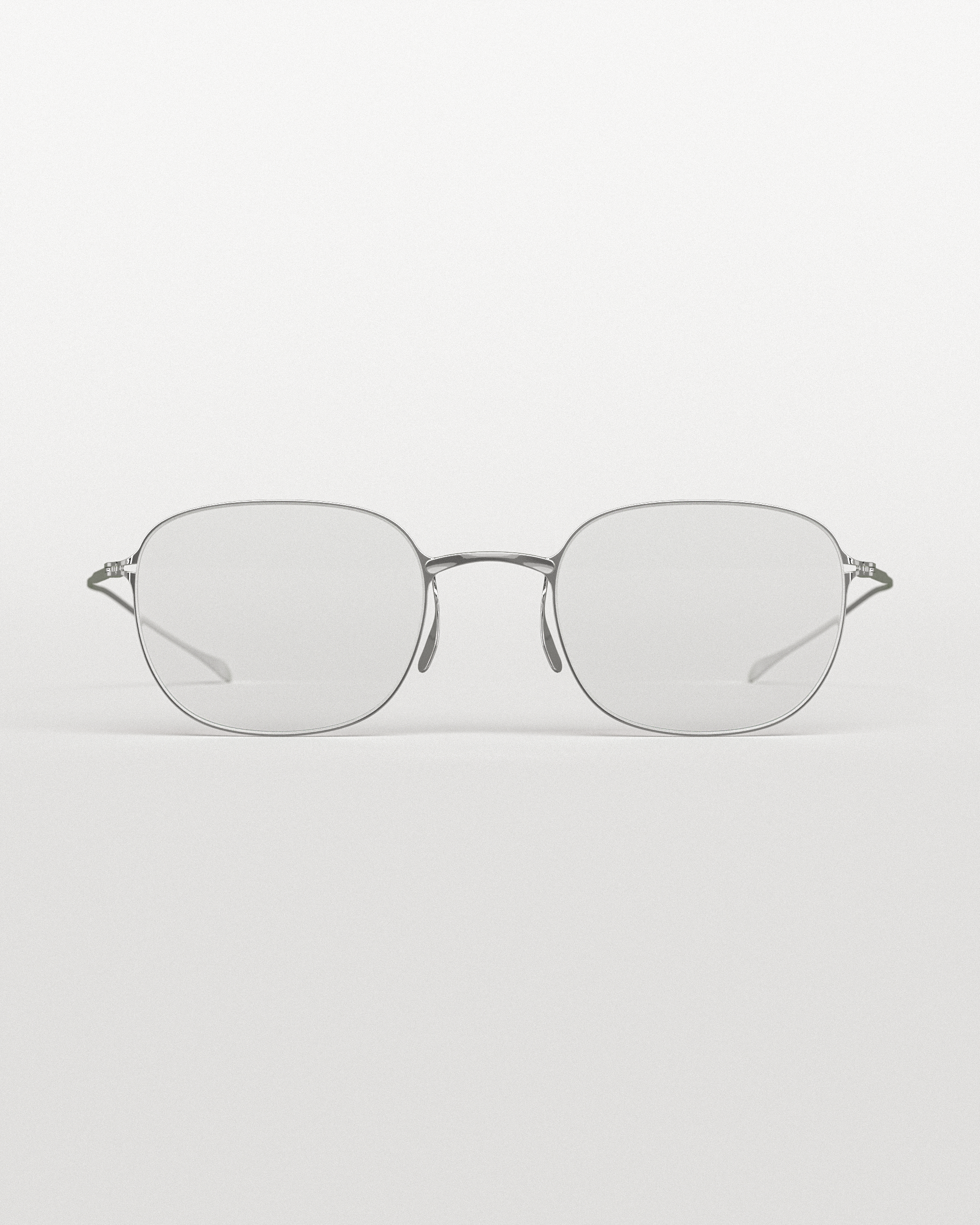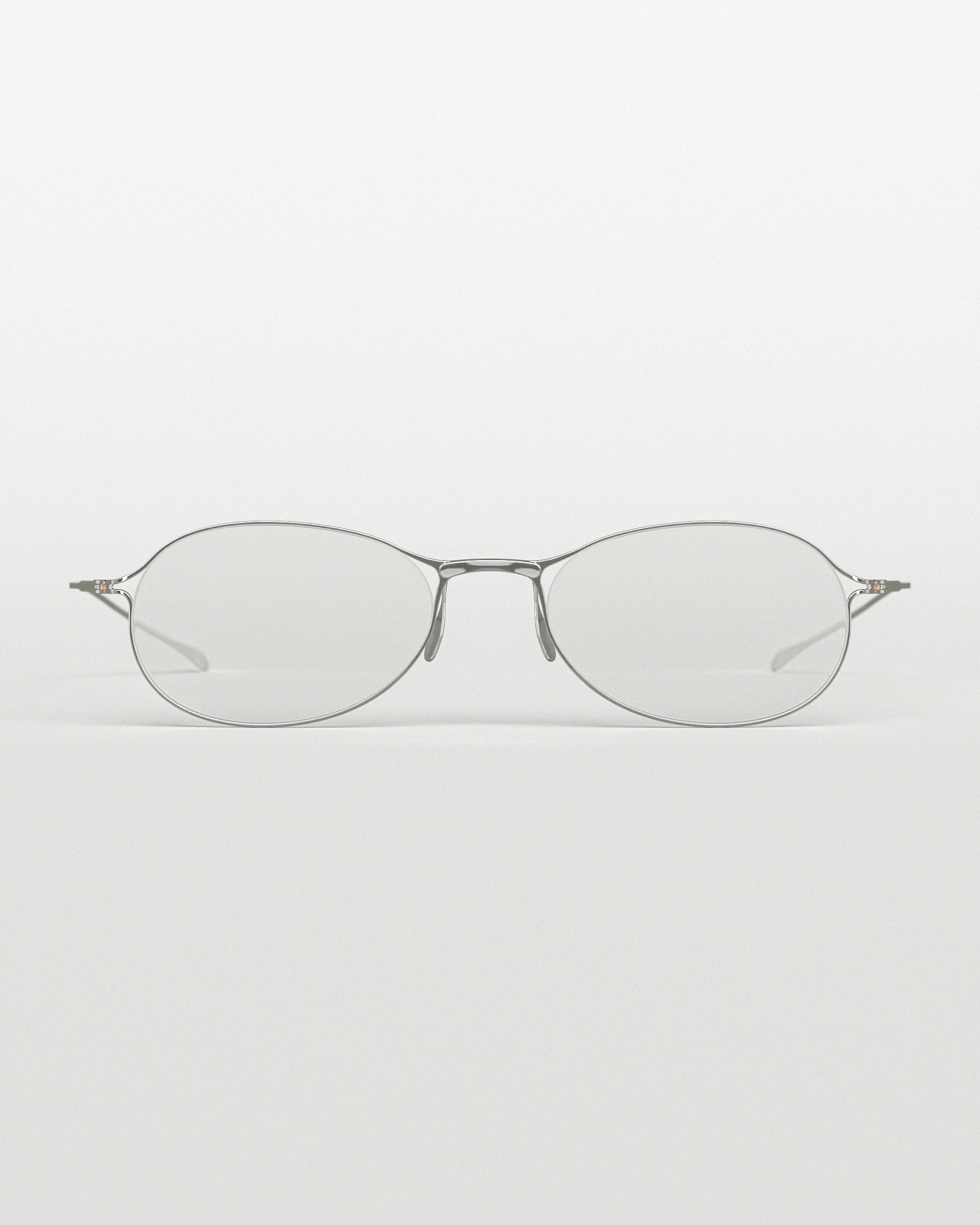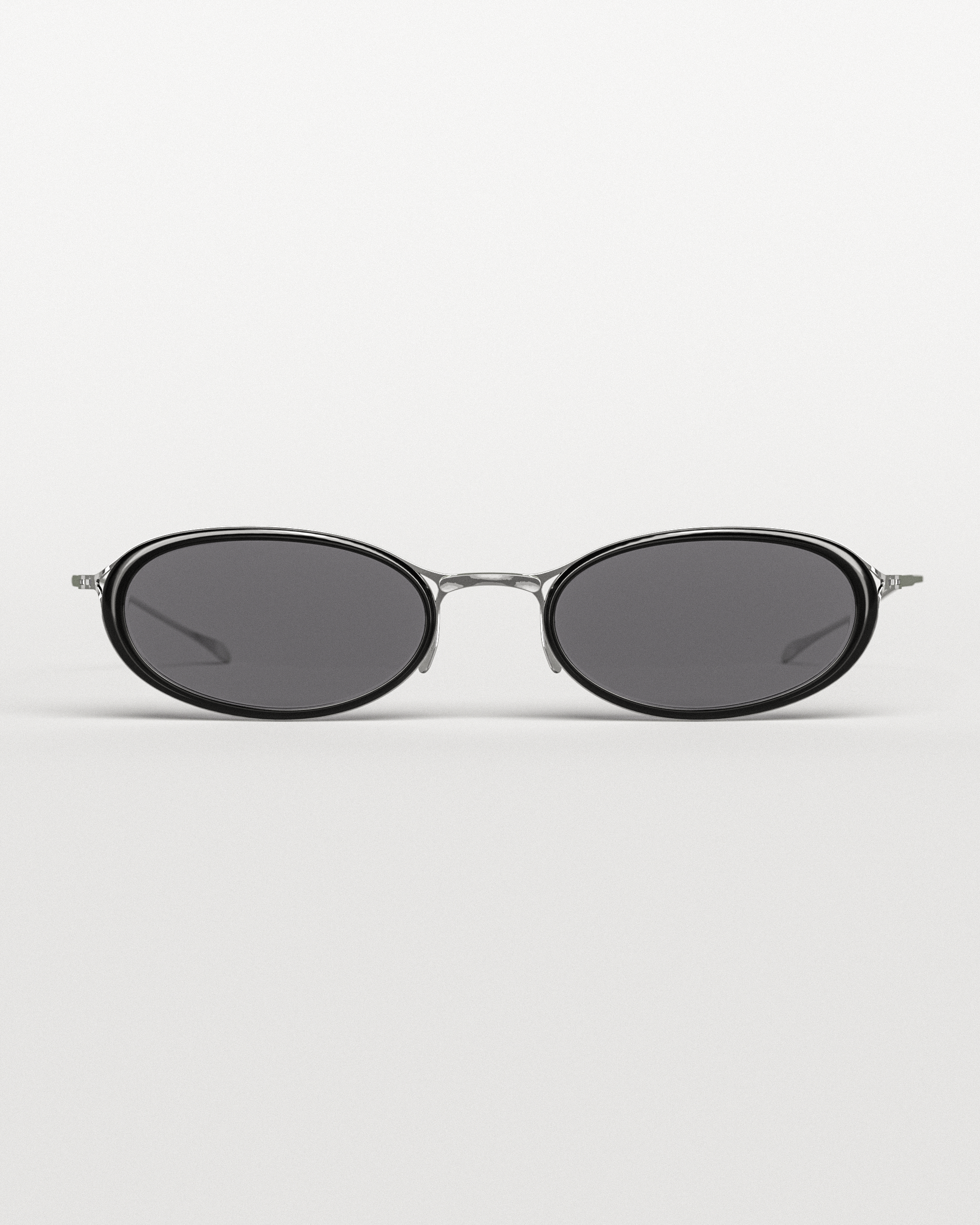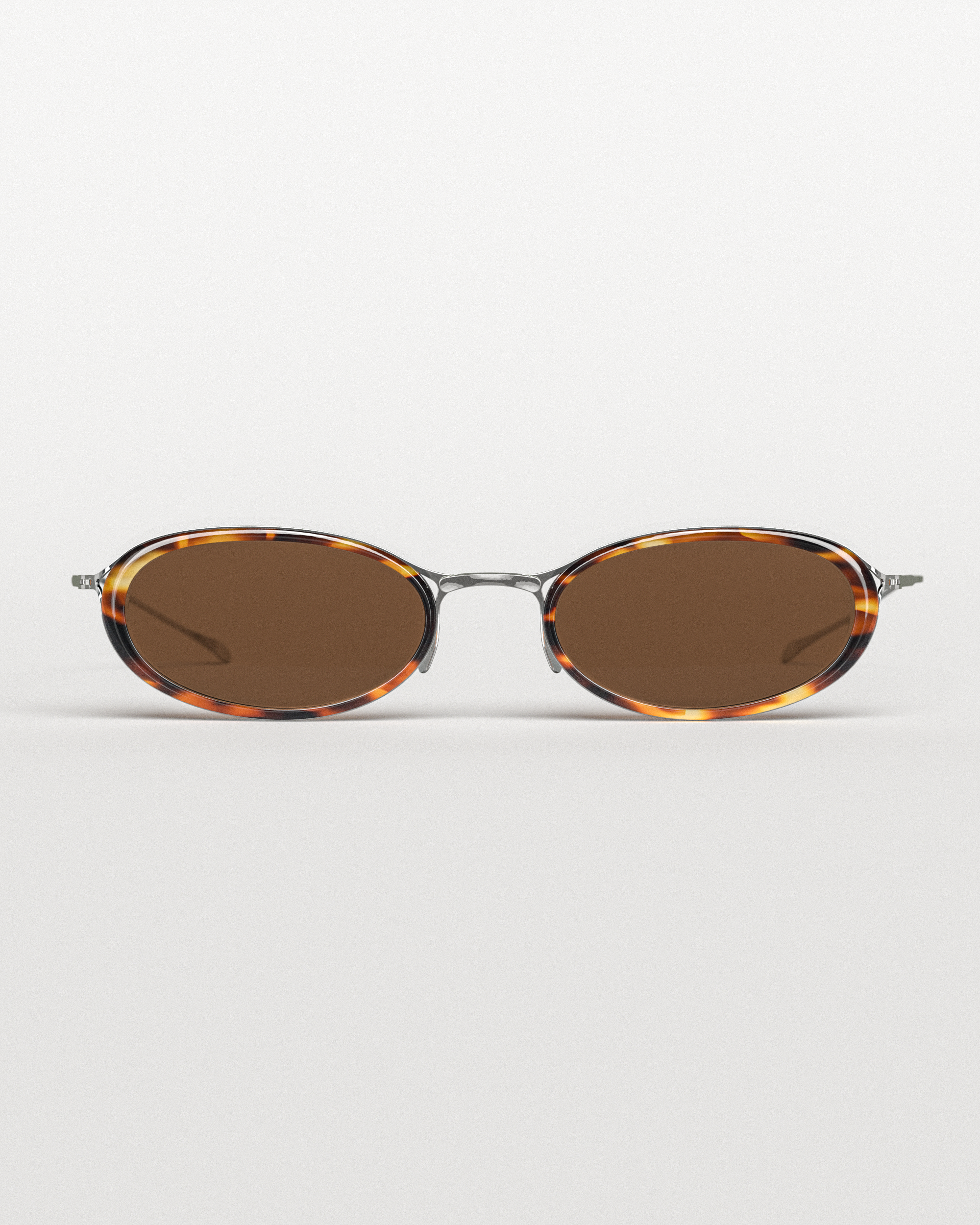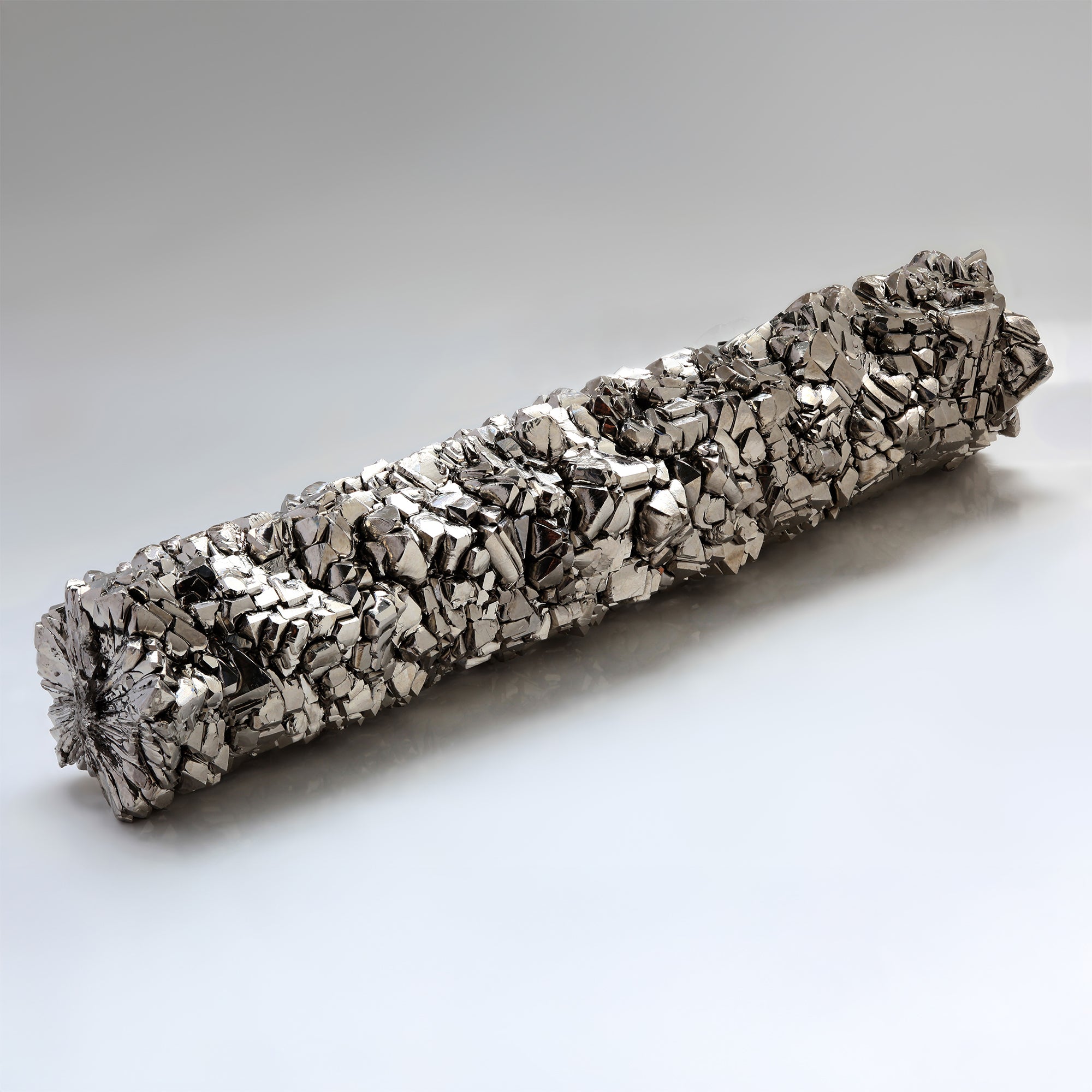
From ore to adornment
Discovered in 1791 and named after the Titans of Greek mythology, titanium spent over a century as a laboratory curiosity - admired, but untameable. Only in the mid-20th century did engineers learn to refine and form it through the demanding Kroll process, a method still used today. Even now, titanium resists easy handling: it blunts tools, shrugs off heat, and refuses shortcuts.
But that resistance is what defines its character. Light yet stronger than steel, unreactive to skin, and immune to corrosion, titanium embodies permanence. In eyewear, it brings a balance of comfort, precision, and longevity that no plated alloy can match - an elemental foundation for frames built to endure, evolve, and belong to their wearer.
We've spent years developing processes to tame this material into frames lighter than half an egg shell, and stronger than steel. And while other brands reserve it for their premium range, with nickel leeching steel alloys making up the bulk of their collections. We use it as the foundational element for every frame in our collection.
From raw stock to final article, 87 hours of polishing goes into each frame, before its final resting place.
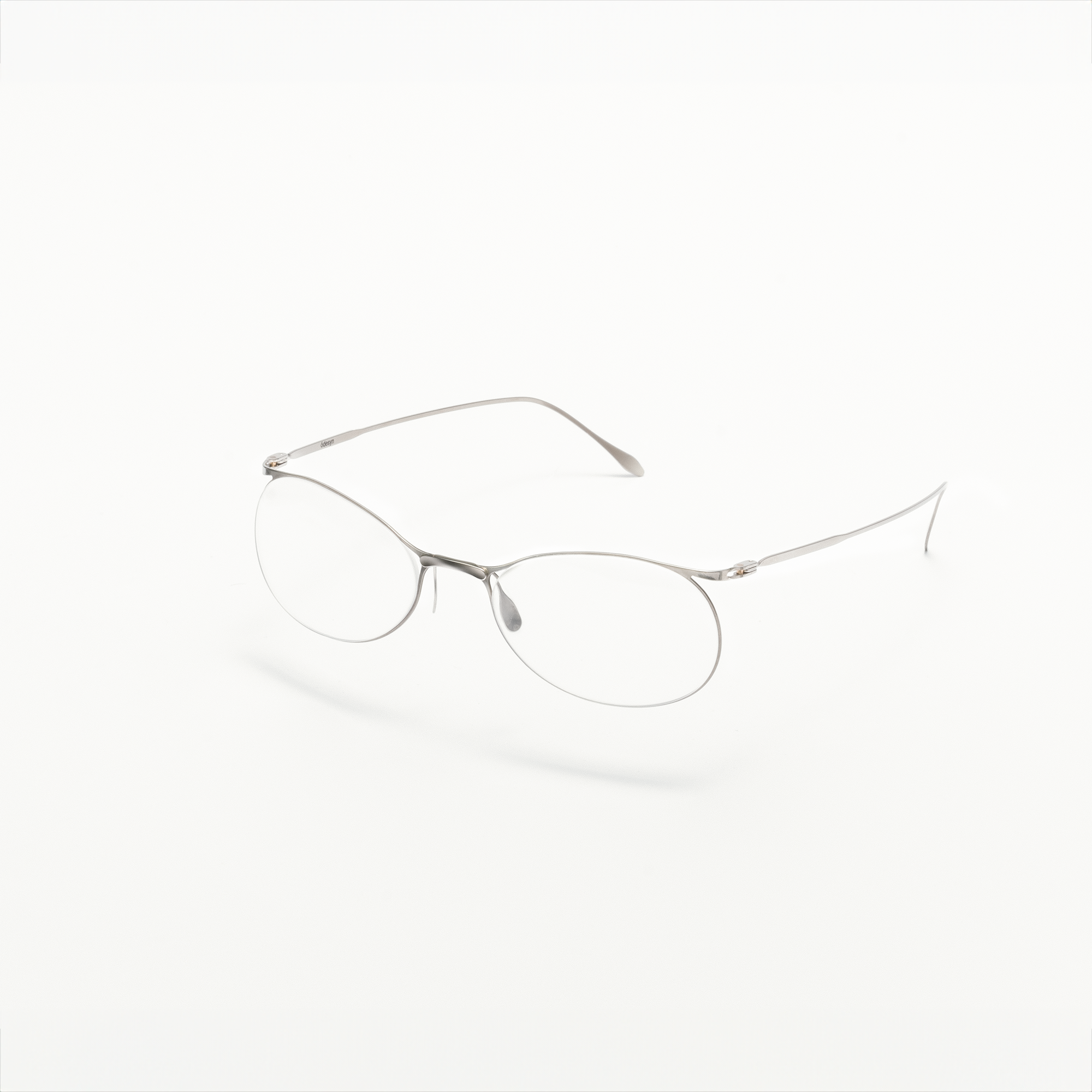
Image 1: Titanium crystal bar, made using the Van Arkel-de Boer process
Image 2: a 3.5 g ōdesyn prototype, made from beta titanium, using the ōdesyn process
